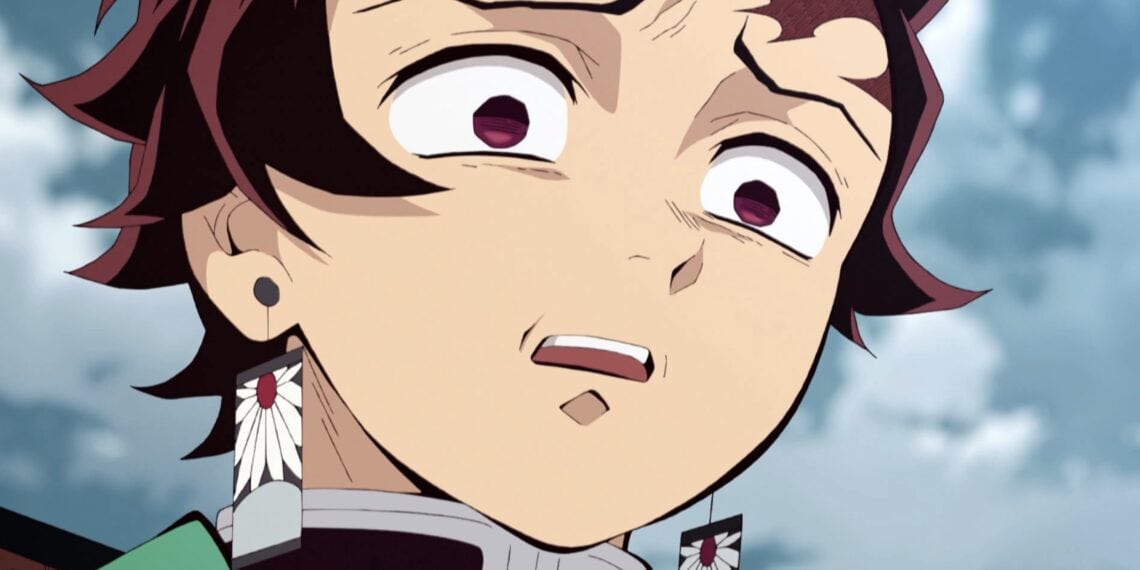The animation industry, especially in Japan, finds itself in a complex bind regarding fair compensation. While top animators at elite studios can earn respectable salaries, most earn unlivable wages despite high demand for their integral skills.
Animation remains an intensely competitive field attractive to creatives chasing their artistic dreams. An abundance of aspirants, however, allows production studios to suppress wages and exploit passion.
The oversaturation of talent paired with the intricate, labor-intensive nature of the craft enables below-market pay rates to become the status quo.
Yet animation is far from easy work. It requires long training, mastery of aesthetics and motion, and meticulous technical execution.
Teams of in-betweeners, key frame illustrators, and colorists all play critical roles in manifesting moving artwork. Furthermore, Japan’s animators serve a global audience with ever-escalating expectations.
With animation a pivotal cultural export and source of soft power, the country relies heavily on its creative workforce.
Anime Fans Disheartened By the Reality of Animator Earnings
However, financial constraints and structural issues within studios stall meaningful progress on compensation.
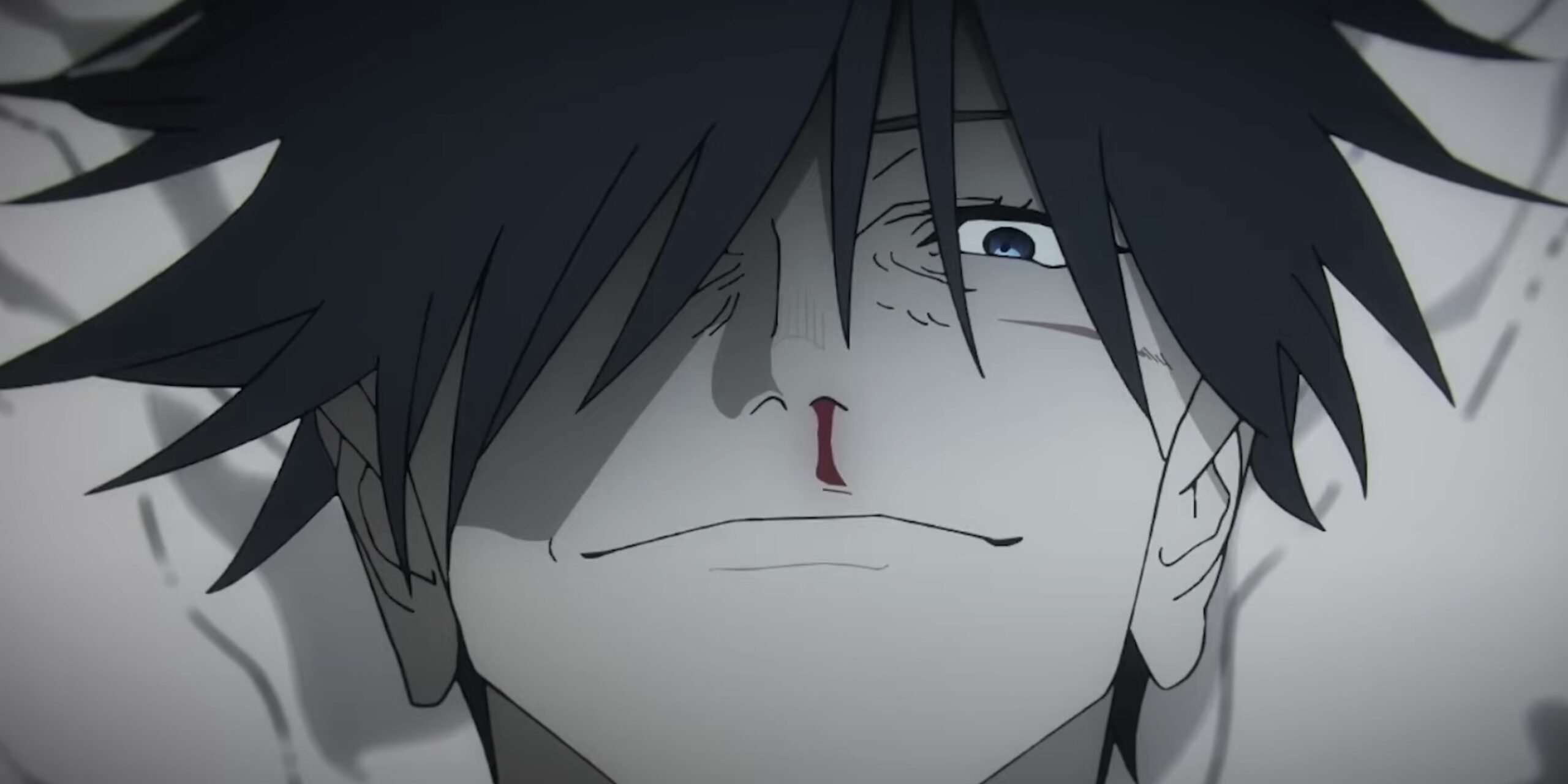
Even as the popularity of anime surges worldwide, animators lack collective bargaining power and financial transparency.
Passion should not justify unfair wages, especially for exacting skills integral to a booming industry. While chasing dreams, talented artists earn billions in revenue.
Hell yeah working weebs declaring their paltry paychecks to the world. Hell yeah financial transparency for this wildly exploitative industry.
Don’t let Sony slither into our world invisibly and underpay ppl who actually bring anime to life. This is a chance for change. Holler!
— Jacob Chapman (@weebservations) September 21, 2022
Their essential contributions deserve equitable pay, improving livelihoods, and retaining precious talent.
For global anime ascendance to continue, studios must value animators as more than replaceable cogs chasing temporary passions. Sustainable careers, not one-time dream jobs, will lift the medium far into the future.
Demon Slayer Creator Allegedly Received Only a Few Million Yen
The runaway box office success of “Demon Slayer: Mugen Train” has brought immense profits to the production committee and publishers behind the film adaptation.
Yet ironically, the original manga’s creator, Koyoharu Gotouge, stands to earn relatively little despite launching the record-breaking franchise.
i just heard the news that Gotouge will receive like less than 1% of the film earnings.. that's so unfair.. mangaka's share should be no less than the animators or staff..
— J I N | indefinite HIATUS (@jinxart_) December 11, 2020
As a newcomer artist with Mugen Train as their first anime adaptation, industry dynamics handicap Gotouge’s revenue shares.
Experts estimate the initial rights purchase fee given to publisher Shueisha was a mere 4 million yen – with just half that amount allocated to Gotouge directly.
This paltry upfront sum arose from deal-making timed before the IP’s explosive growth. With the property’s value unproven back then, negotiators lowballed terms.
Now, despite the film amassing nearly 30 billion yen domestically, the rights holders and production committee reap the lion’s share of profits.
apparently Netflix are trying to underpay animators
— ✄𝐘𝐕👁🗨𝐍𝐍𝐄*:・゚✧*:・゚♡ (@comamilk) July 4, 2021
Home release and streaming may offer Gotouge some additional earnings. But the stark contrast remains between the creator’s modest pay and the vast sums their creative vision has generated.
It exemplifies an imbalance permeating the anime industry – limited protections for artists whose passions drive global success.
For fresh talent especially, leverage stays low to demand fairer compensation, even when their ideas blossom into new mainstream juggernauts.
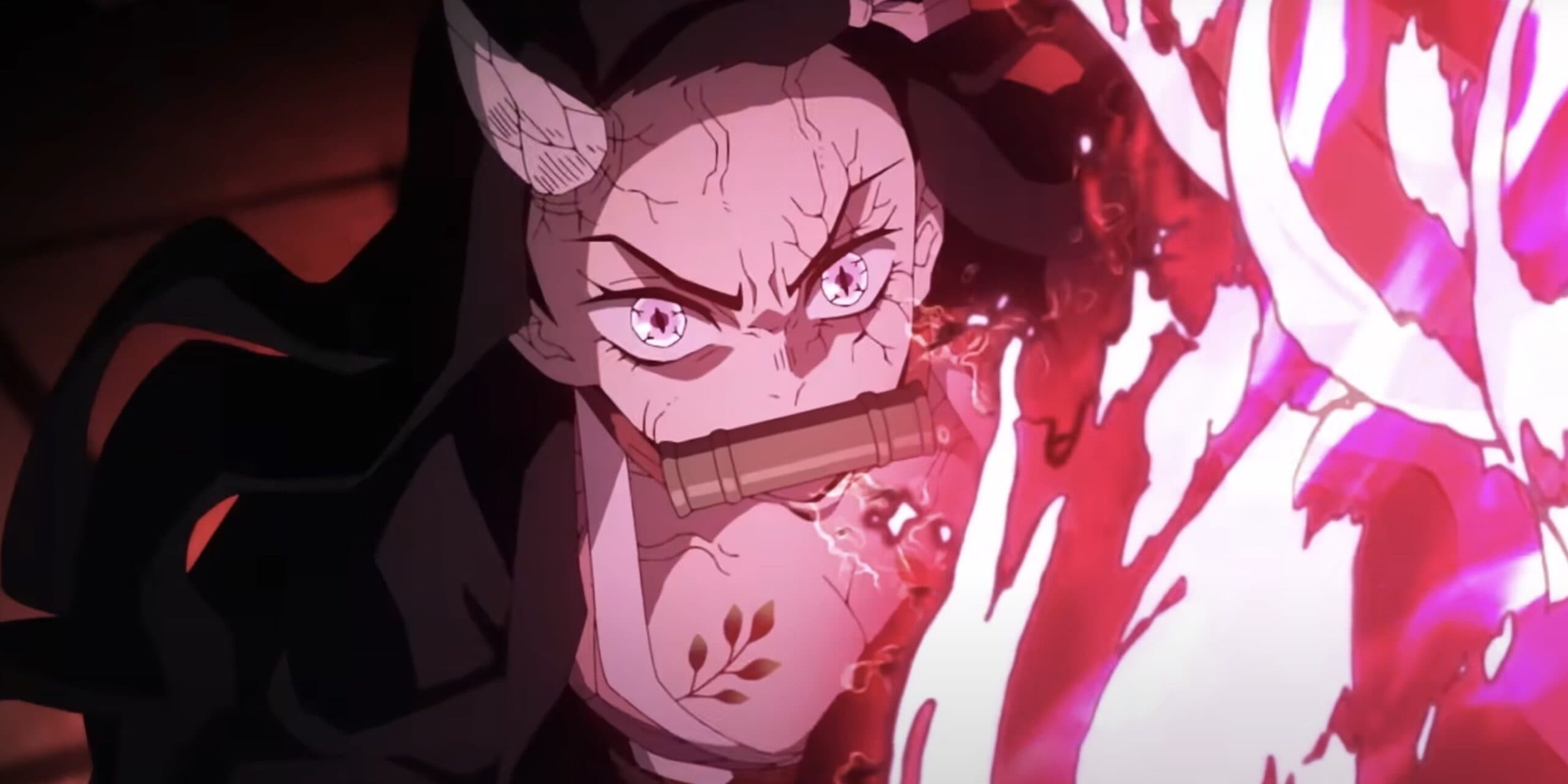
While fans have propelled the Demon Slayer franchise to historic heights, the architect behind its characters and world stays under-rewarded. Achieving equity for creators in these scenarios remains an ongoing struggle.
Navigating the Financial Struggles of Creativity
The financial plight of many anime artists has become a rising concern among fans internationally. Reports of meager wages and intense workloads have highlighted questionable labor practices that seem to take advantage of creator passion.
Supporters worldwide now fear the viability of careers for talents they revere, whose imaginative efforts have powered the global ascent of Japanese animation.
Can artists realistically sustain themselves by producing the stories and worlds that viewers increasingly celebrate? Or does financial instability await most who help this medium flourish?
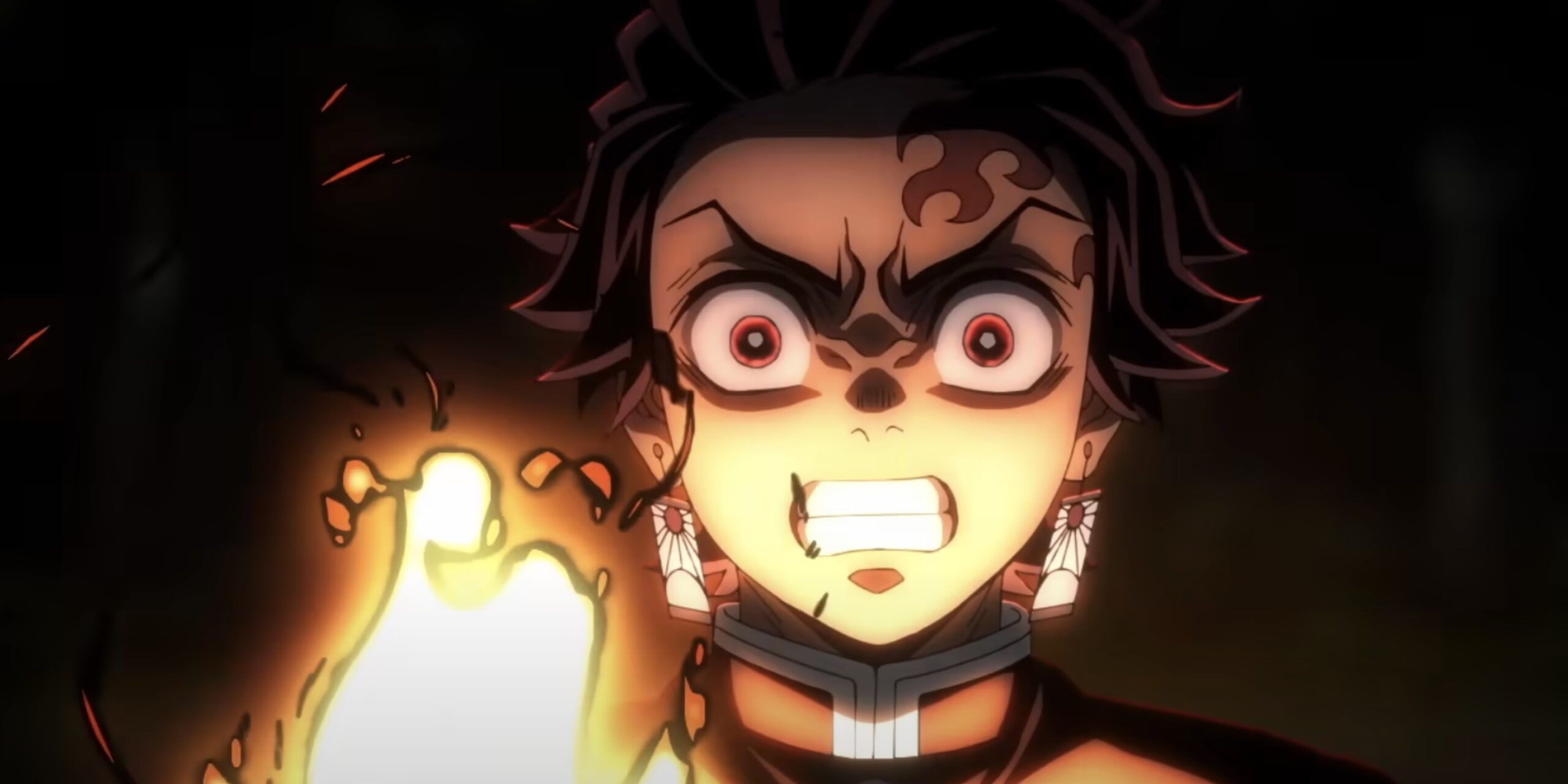
While comprehensive data remains lacking, the trickle of transparency feels ominous. The picture appears grim for many animators, with even breakout franchise successes failing to yield fair compensation. Fans increasingly recognize the vast profits reaped by studios and publishers compared to original creators receiving mere fractions.
Passion alone cannot pay artists’ bills or justify such imbalances. If global fandoms wish to enjoy new anime works for years to come, the talented individuals behind the drawings must earn livable incomes. Otherwise, exhaustion and talent drain seem inevitable.
Addressing anime’s labor issues complexly intertwines art, economics, and corporate dynamics. But grassroots concern signifies hope – audiences realize human tolls matter, not just glorious final products.
Connecting creators to their far-flung fans could empower reform efforts. Financial transparency and ethical standards will rely on external pressures, not internal goodwill alone.
Why Do Animators Receive Low Pay?
The animation industry in Japan is facing a complex problem – high attrition rates among young, aspiring creators. As the global demand for anime continues to grow, the need for new talent has never been greater. Yet the working conditions within many animation studios remain grueling and unsupportive, especially for newcomers.
Long hours, tight deadlines, and financial instability have become commonplace. This is driving away passionate young artists and storytellers before they ever have a chance to fully develop their talents.
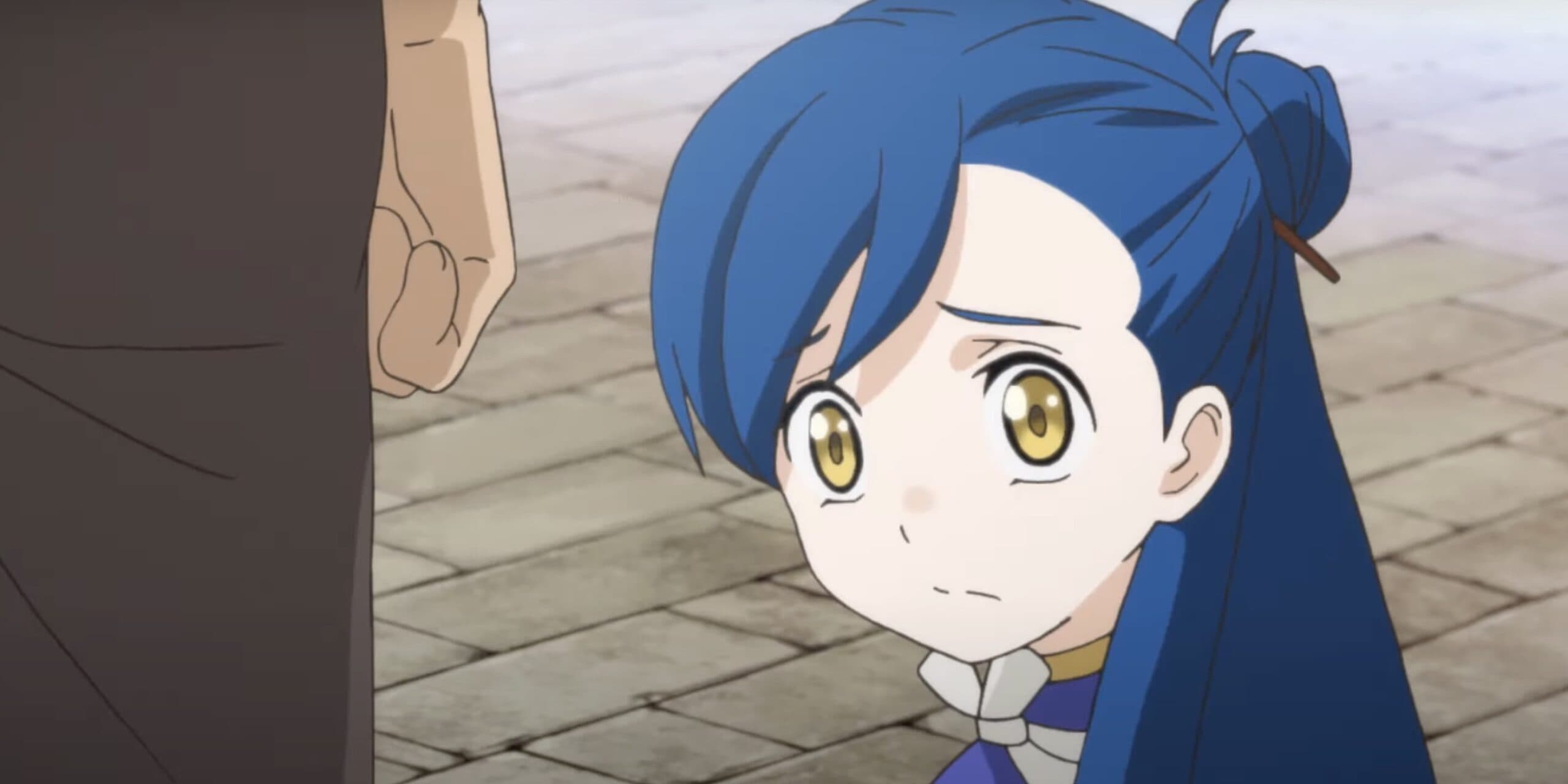
As a result, the anime industry is struggling to cultivate the next generation – the fresh voices and innovators it desperately requires to meet rising international expectations.
There are no quick or simple solutions here. The financial and scheduling pressures studios face are very real. However, the status quo is unsustainable if anime is to keep expanding its global reach and influence.
Some studios have experimented with reforms – offering apprenticeships, training programs, and slightly better compensation packages to retain entry-level talent.
But industry-wide change may be needed to prevent the loss of potential greats still undiscovered.
A Highly Competitive Field
Both the data and its context must be scrutinized to understand how working environments could be made more humane without sacrificing productivity.
There are many passionate, creative young people in Japan eager to bring their vision to the anime medium. Enabling them to hone their craft without burning out prematurely should be a priority for the industry overall.
The stories they could tell, the worlds they might inspire – if only given adequate opportunity. There is too much untapped potential still being lost.
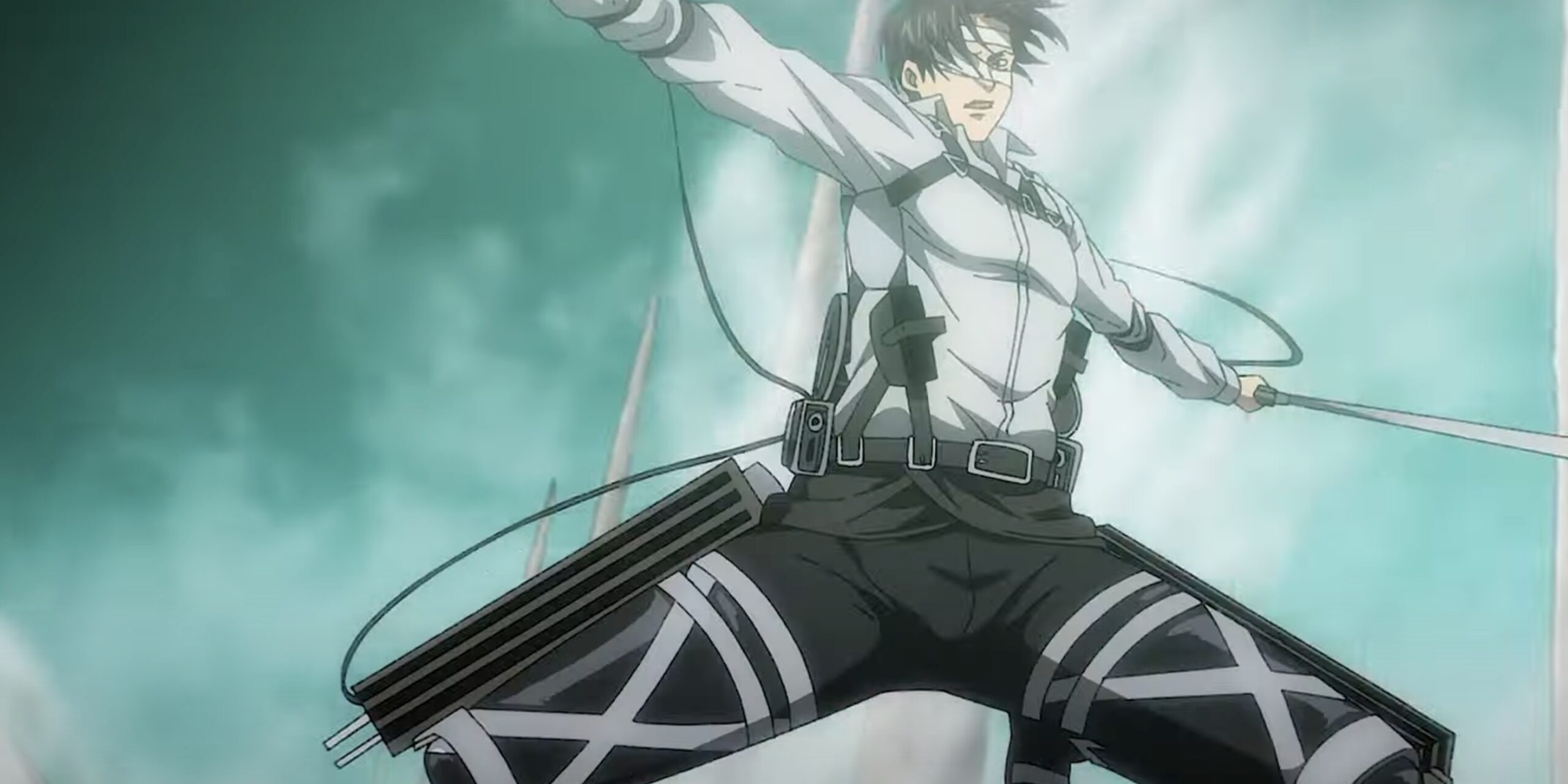
The anime industry relies heavily on freelance animators, resulting in precarious incomes and project-based instability for creators.
With anime’s global demand surging, these freelancers now compete fiercely over a fragmented job market – allowing studios to suppress rates and exploit artists’ passions.
Long-standing norms of poor compensation stem from production headaches like tight deadlines and immense workflow volumes. Animators routinely tackle excessive weekly workloads with unpaid overtime.
Furthermore, animation work gets frequently outsourced to overseas contractors willing to underbid local rates.
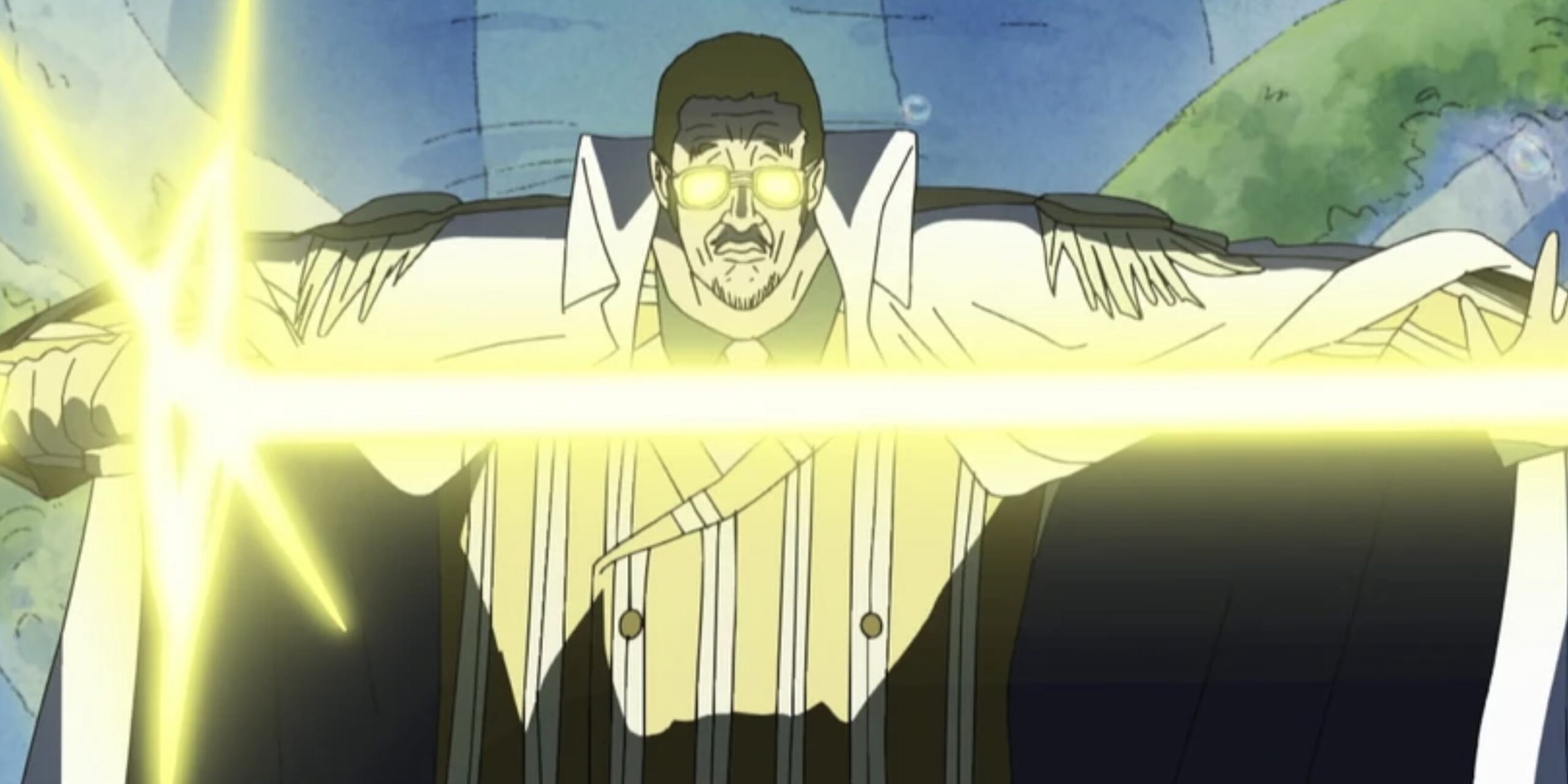
Between infinite aspirations and limited opportunities, artists hold little leverage to demand fairer wages from powerful studios.
Understanding the World of Freelance Animators
Recruiting foreign animators willing to work for less also weakens domestic negotiating power. With no collective platform, individuals scrape by, hoping to endure unstable stretches between projects.
Relying on freelance contractors might allow studios to remain nimble, but fueling a global entertainment sector on unstable labor is unsustainable.
Grassroots calls for unionization recognize animators’ untenable situations when passion alone can’t pay the bills. While studios profit enormously from licensing and distribution, creatives receive minimal slices for grueling efforts.

With anime now a multi-billion dollar industry, growth depends on equipping artists to sustain lifelong careers – not burnout after fleeting early opportunities.
While tight production models won’t change overnight, livable incomes should not be sacrificed to cut costs. Anime’s very foundation rests on the talent incubating its next creative revolution.
Anime creators endure all the turbulence of an erratic entertainment niche suddenly catapulted onto the global stage. As international fandom explodes, production volatility still hampers artists yearning for creative careers. Surging demand has yet to smooth the unpredictable ups and downs they have long shouldered.
Reports indicate that trainees earn around 50,000 yen monthly (approximately $433 US dollars), while contract animators make about 150,000 yen per month ($1,300 US dollars).
The Dynamics of Animation Outsourcing
The projects come – adaptations, originals, sequels – but never reliably. Sudden dry spells persist, as do periods of intense studio workload.
Animators live perennially uncertain of upcoming opportunities, next paychecks, or career longevity. Precarity haunts even renowned names.
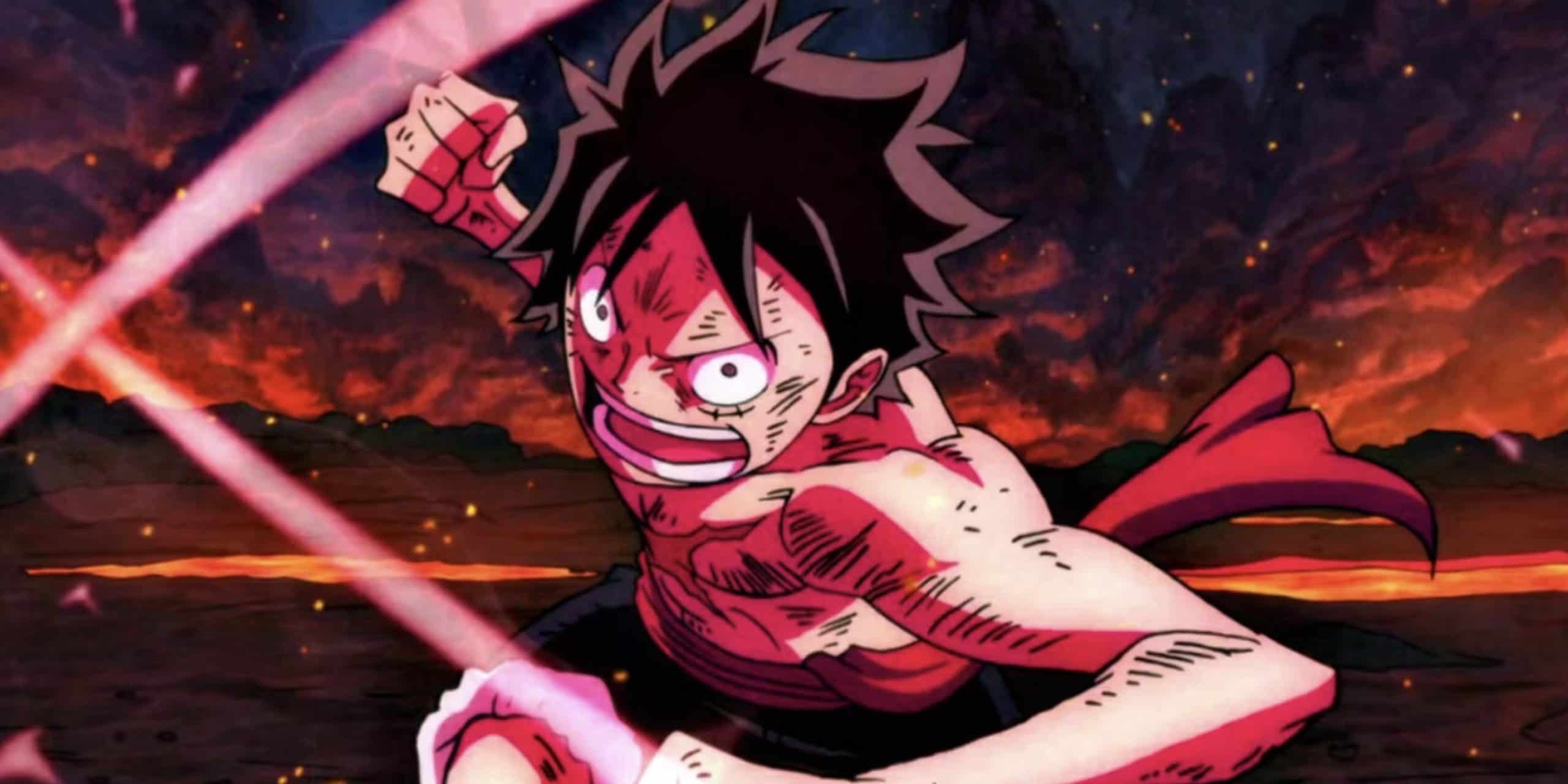
It need not stay this way. Anime’s unprecedented worldwide traction can anchor its economic foundations. If revenues flow back to sustain artists, the medium can blossom for decades.
Fair pay and safe working conditions for creators should be priorities – reducing the uncertainty that has stifled talent for too long. Grassroots collectives give voice to struggles that once suffered silently. The outside world is waking up.
With global visibility comes responsibility – accountability for an industry fueling artistic dreams without supporting livable careers after the passion fades.
The current model only gambles with brilliant minds it can ill-afford to keep losing, risking the innovative visions that might propel anime higher still. There are dreams worth chasing and creators worth fighting for—the future beckons.


